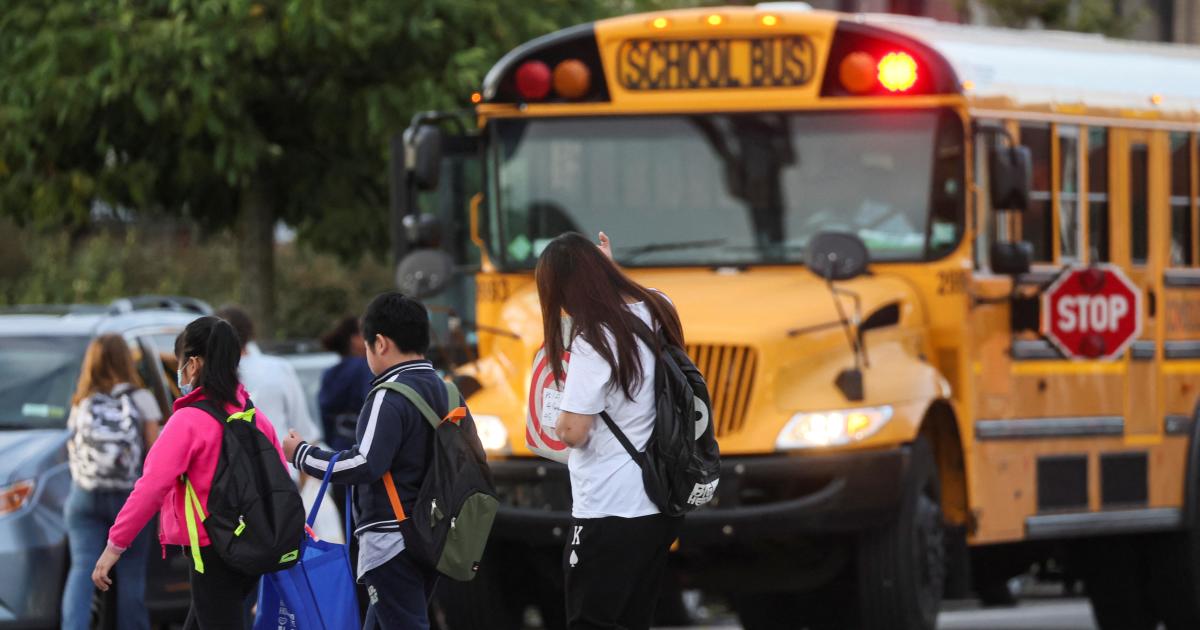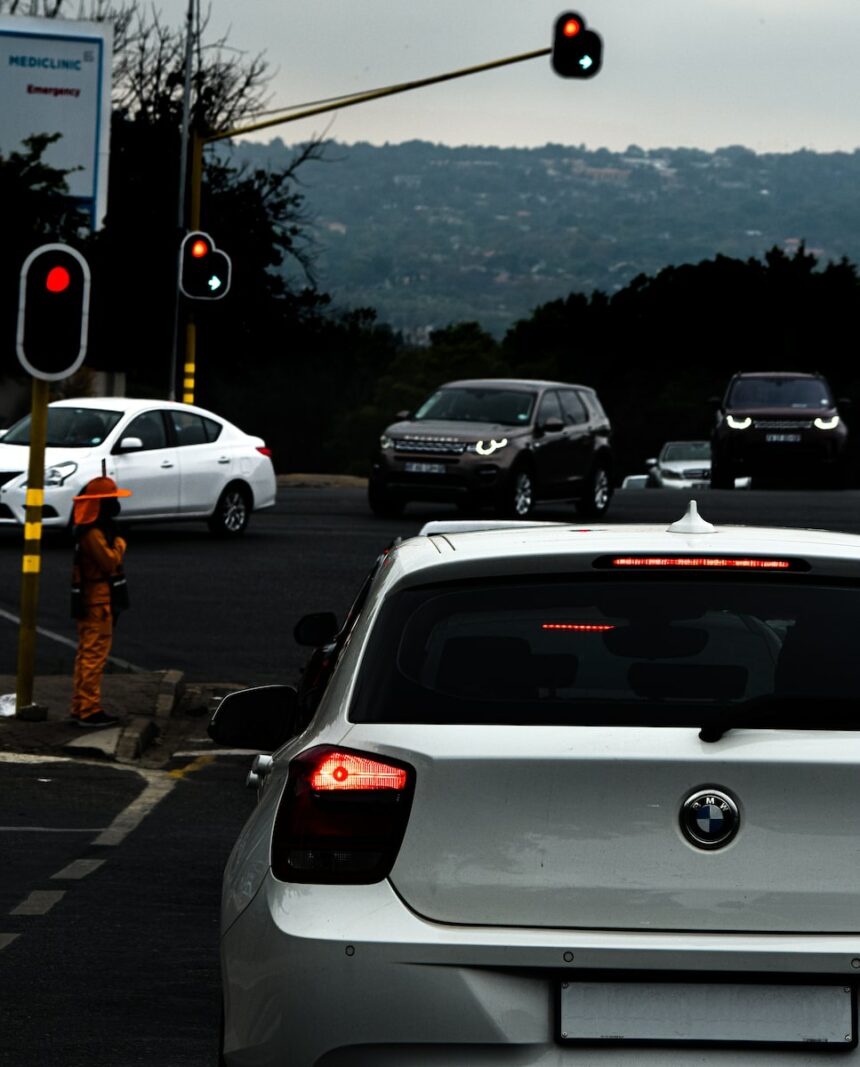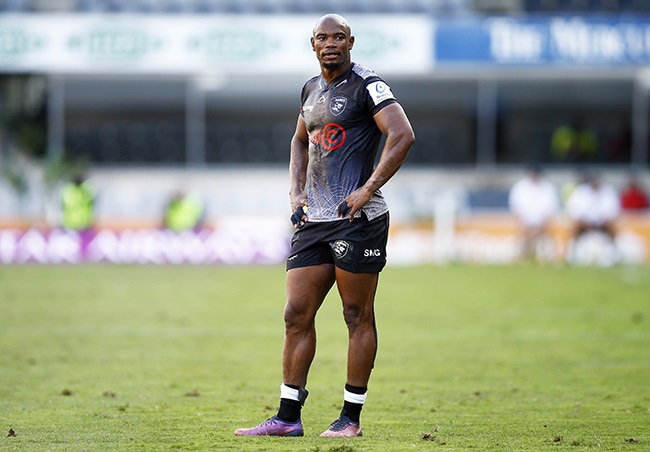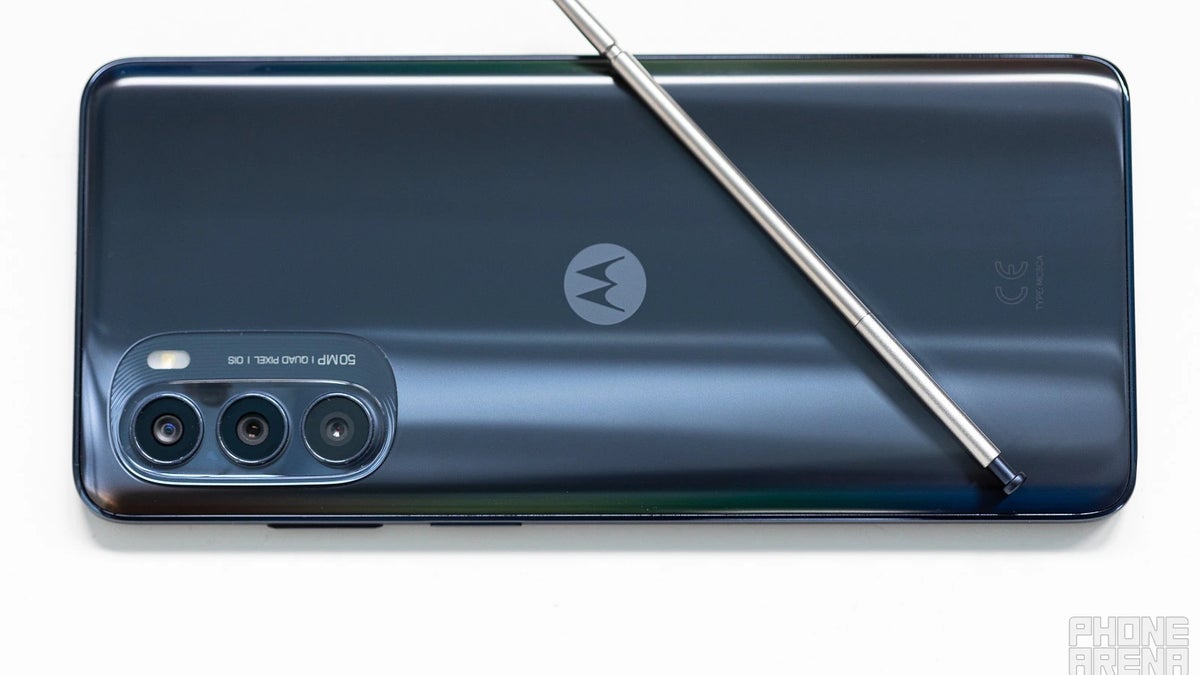Economists are raising red flags over higher inflation rates, which will invariably lead to more interest rate hikes from the South African Reserve Bank (SARB) as South Africans continue to sit under the pressure of high levels of load shedding and a massive electricity price hike coming in April.
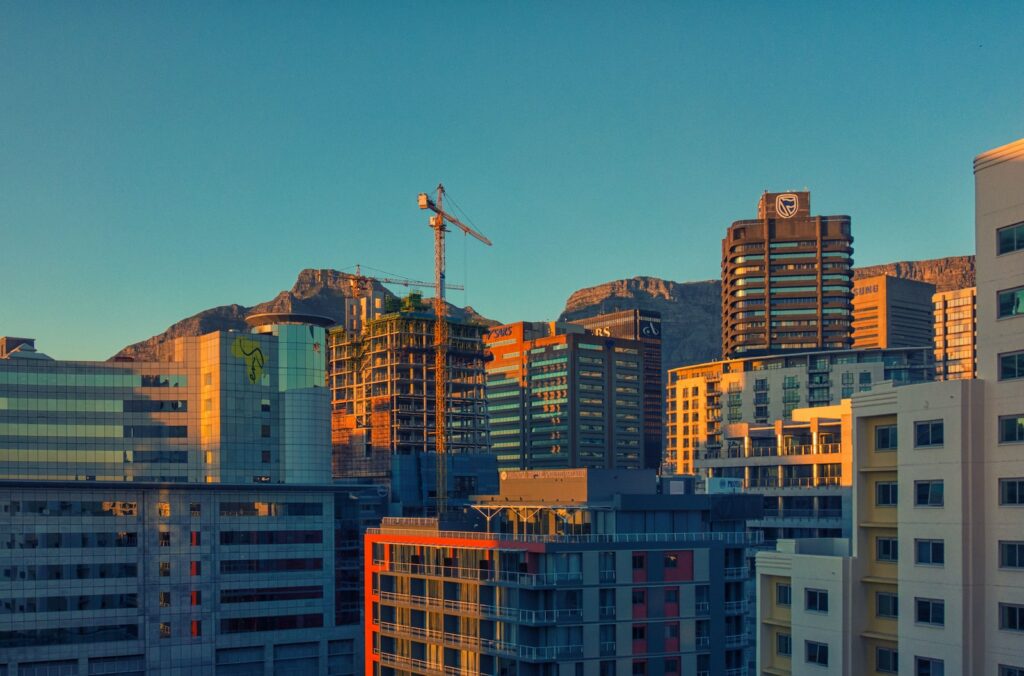
A host of economist and analyst views were published on Monday (16 January) in response to the ongoing power crisis in South Africa and the decision from energy regulator Nersa last week (12 January) to allow Eskom to hike electricity prices by 18.65% from 1 April 2023.
The overarching message from the reactions is that the electricity price hike will undoubtedly push up costs for households and businesses in the country, which will lead to inflationary pressure in an environment of already elevated prices.
The Bureau for Economic Research (BER) also published its Inflation Expectations Survey for the fourth quarter of 2022, feeding into this narrative.
The IES is a quarterly survey to measure inflation expectations and other macroeconomic variables related to inflation across four social groups – namely analysts, business people, senior representatives of trade unions and households.
According to the latest results, inflation expectations have been raised across most sectors, with only analysts holding their views from the previous quarter – though this was already at elevated levels.
Average five-year inflation expectations rose marginally from 5.4% in the third quarter to 5.5% in the fourth quarter. This can be attributed to business people who revised their expectations upwards from 5.6% to 6.1%.
After moderating from 6.5% to 5.8% in the third quarter, household inflation expectations during the next 12 months rebounded to 6.3% in the fourth quarter. Average household inflation expectations over the next five years remained unchanged at 8.4% in the fourth quarter.
Beyond 2022, the three social groups have different views on economic growth; analysts expect the economy to continue losing momentum, with growth dropping to only 1.1% in 2023, while the other two groups expect growth to be retained relatively close to their 2022 forecasts. On average, growth is expected to decelerate slightly to 2.0% in 2023.
The results of the inflation expectations survey are significant in that they are one of many factors that the Monetary Policy Committee (MPC) of the SARB considers when it decides on the interest rate.
The MPC will be concerned if inflation expectations increase, especially if inflation expectations are significantly above the midpoint of the inflation target range of 3% to 6% or other inflation indicators deteriorate.
Rising inflation expectations may, for example, lead to higher wage demands as workers feel they need to be compensated for the expected rise. The BER noted that if demand is robust enough, some businesses may adjust their prices increases further upwards.
To prevent higher expectations from becoming a reality, the SARB may be forced to increase the interest rate.
According to Investec chief economist Annabel Bishop, this narrative is likely feeding through in South Africa. She noted that while CPI inflation is expected to fall to 7.2% y/y in December’s numbers out on Wednesday (18 January), the SARB is likely to keep hiking rates to bring it under control.
“With South Africa’s CPI inflation still well above the target and risks to the outlook, the SARB is likely to hike the repo rate again this month, but by 50bp. Inflation is proving slow to subside in South Africa, but this should accelerate in the first half of the year on base effects,” she said.
Regarding the electricity price hike, Bishop said that Stats SA typically captures the annual electricity price increase for CPI inflation in July.
As long as fuel prices don’t escalate for that month – or any other shock hammers the economy – CPI should drop to around 4.3% in July as the country recovers from high fuel and food prices, the economist noted.
“However, the second half of 2023, if not the middle of 2023 already, risks seeing higher fuel prices on a reopening of the Chinese economy, while a significantly milder slowdown in economic activity than anticipated this year would also place additional pressure on prices,” Bishop said.
“The higher interest rates South Africa has already experienced will have a particularly negative impact on over-indebted consumers over the first quarter of the year. Risks to the outlook also include weak domestic growth rate as severe load shedding persists this year, and a further loss in investor sentiment.”
A survey of economists by Bloomberg found that experts believe there is a 45% chance that South Africa will enter recession this year – driven by load shedding and the ongoing power crisis.
The economy is unlikely to grow by more than 0.3% quarter-on-quarter through 2023, according to Bloomberg’s survey. Economists see gross domestic product growth slowing to 1.2% this year from 2.3% in 2022.
According to the BER, South Africa’s power crisis is unlikely to let up in the short-term, and load shedding remains the single biggest downside risk and drag on South Africa’s growth prospects, the group said.
This content should not be accepted as official or professional advice.


